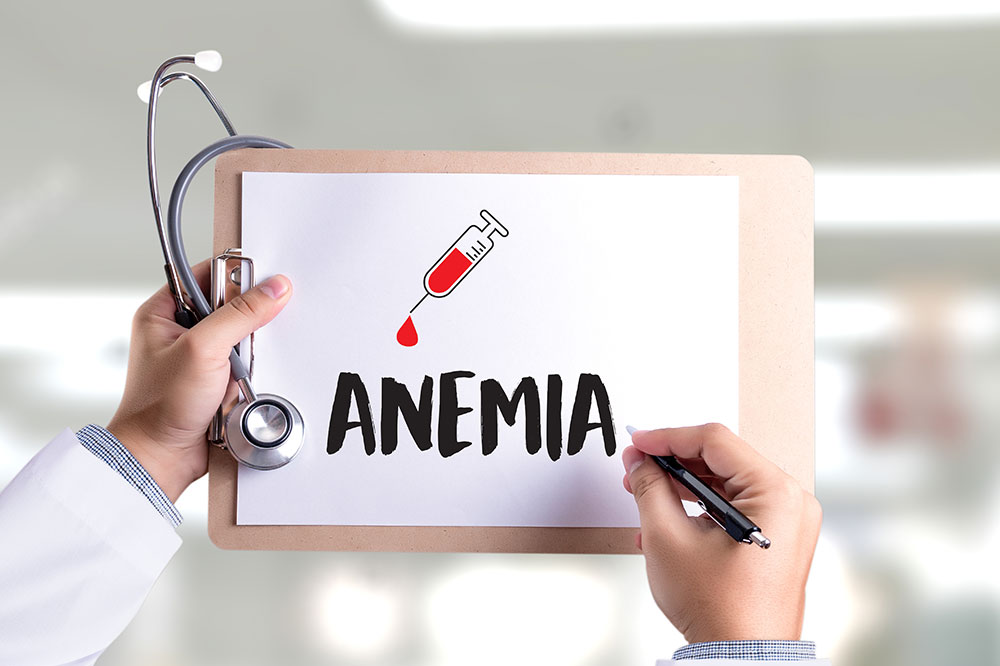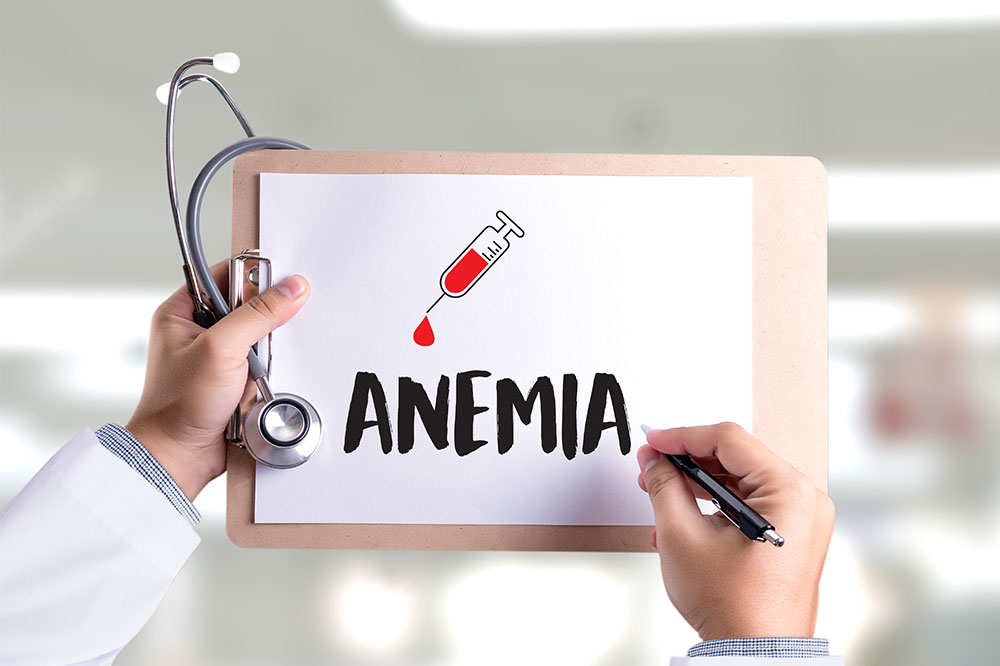Comprehensive Guide to Anemia: Causes, Symptoms, and Effective Prevention Methods
This comprehensive guide explores anemia, covering its various causes, key symptoms to watch for, and practical prevention strategies. Knowing how to identify and prevent anemia can help maintain optimal health, avoid complications, and improve overall well-being. This detailed overview provides essential information for early detection and management, emphasizing the importance of diet, lifestyle, and regular screenings in staying healthy.

Comprehensive Guide to Anemia: Causes, Symptoms, and Effective Prevention Methods
Anemia remains one of the most common blood disorders worldwide, affecting millions of people across all age groups. It is a condition where the body lacks enough healthy red blood cells or hemoglobin to carry adequate oxygen to tissues and organs. This deficiency can lead to a wide array of health issues, impacting daily life and overall well-being. The severity and causes of anemia vary, making it essential to understand its underlying factors, recognize the warning signs early, and adopt effective prevention strategies.
Understanding Anemia: What It Is and Why It Matters
Anemia is not a disease by itself but a symptom of various health problems. It occurs when the production of red blood cells is inadequate, or when red blood cells are destroyed prematurely, or due to loss through bleeding. Having fewer healthy red blood cells results in less oxygen reaching your body's tissues, which can compromise organ function and overall health. Recognizing anemia early can prevent complications and enhance quality of life.
Signs and Symptoms of Anemia
The symptoms of anemia depend on its type and severity. In mild cases, people might not notice any symptoms; however, as the condition progresses, symptoms become more apparent and debilitating. Recognizing these early signs is vital for timely treatment.
Persistent fatigue and weakness: Feeling constantly tired despite adequate rest.
Pale skin and mucous membranes: Reduced hemoglobin makes the skin appear paler than usual.
Shortness of breath: Difficulty breathing during physical activity or even at rest in severe cases.
Chest pain and discomfort: Especially when anemia is linked to cardiovascular issues.
Headaches and dizziness: Frequently feeling lightheaded or faint.
Cold extremities: Hands and feet often feel cold and numb.
Irregular heartbeat: Palpitations or an abnormally rapid heart rate as the heart works harder to deliver oxygen.
Additional symptoms may include chest discomfort, difficulty concentrating, and leg cramps.
The presentation of anemia symptoms can differ based on the underlying cause, individual health conditions, and lifestyle factors. It is important to consult healthcare professionals if any of these symptoms persist for a prolonged period.
Chronic illnesses such as kidney disease, autoimmune disorders, or infections can lead to anemia even in the absence of obvious blood test abnormalities. The symptoms often start subtly, with mild fatigue and pallor, but can worsen over time if left untreated. Early detection and appropriate treatment are crucial for managing anemia and preventing serious complications, including heart problems and organ damage. Recognizing the physical signs like breathing issues, chronic fatigue, dizziness, and cold extremities can guide individuals toward seeking medical care promptly.
Types of Anemia and Their Causes
Iron-deficiency anemia
The most common type of anemia worldwide, resulting from insufficient iron intake or poor absorption. Iron is essential for hemoglobin synthesis, which enables red blood cells to carry oxygen efficiently. Factors that contribute include poor diet, blood loss from menstruation, ulcers, or injury, and certain medications that impair iron absorption. Chronic blood loss gradually depletes iron stores, leading to anemia.
Aplastic anemia
A rare but severe condition characterized by the failure of the bone marrow to produce adequate amounts of red blood cells. It can be caused by autoimmune diseases, exposure to toxic chemicals, medications, radiation therapy, or viral infections. Aplastic anemia often results in pancytopenia, meaning deficiency in all blood cell types, causing increased susceptibility to infections, bleeding, and fatigue.
Sickle cell anemia
An inherited genetic disorder where abnormal hemoglobin causes red blood cells to take on a sickle or crescent shape. These misshapen cells are fragile, tend to block blood flow, and are destroyed prematurely, leading to a shortage of healthy cells. This form of hemolytic anemia results in episodes of pain, organ damage, and increased risk of infection.
Other less common forms include anemia caused by bone marrow diseases (such as leukemia or myelodysplastic syndromes), inflammatory anemia associated with chronic inflammatory conditions, and vitamin deficiency-related anemia, which includes deficiencies in vitamin B12 and folate. Each type requires specific diagnostic approaches and tailored treatments.
Prevention Strategies for Anemia
Increase iron-rich food intake
Consuming foods high in iron is vital for preventing iron-deficiency anemia. Excellent sources include green leafy vegetables like spinach and kale, iron-fortified cereals and bread, beans, lentils, red meats, poultry, and seafood. Incorporating these into your diet can significantly boost iron levels and support healthy red blood cell production.
Ensure adequate vitamin intake
Vitamins B12, folate, and vitamin C play crucial roles in blood health. Rich sources of vitamin C include citrus fruits, strawberries, and bell peppers, which also enhance iron absorption. B12 is primarily found in animal products like dairy, eggs, and meats. Folate-rich foods include green vegetables, citrus fruits, legumes, and grains. Maintaining sufficient levels of these vitamins helps prevent deficiencies that lead to anemia.
Adopt a healthy lifestyle
Regular physical activity, avoiding excessive alcohol consumption, and managing chronic illnesses can help maintain optimal blood health. Monitoring and managing underlying conditions such as kidney disease or autoimmune disorders is also critical in preventing anemia.
Awareness and early screening
Routine blood tests, such as complete blood count (CBC), can help detect anemia early even before symptoms appear. Regular health check-ups are especially important for populations at higher risk, including pregnant women, children, and the elderly.
Prevention of anemia involves a combination of a balanced diet, healthy lifestyle choices, and regular medical check-ups. For those with risk factors or underlying health conditions, tailored interventions guided by healthcare professionals can effectively minimize the likelihood of developing anemia.
In conclusion, understanding anemia's causes, recognizing its symptoms, and implementing preventive measures are key steps toward maintaining optimal health. As a common yet treatable condition, early diagnosis and intervention can significantly improve outcomes and quality of life.





